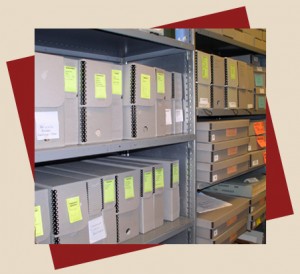A collection of objects is what distinguishes a museum from other cultural and educational institutions. The primary reason a museum exists is to harbor the collection. The objects are used for careful study by scholars, scientists and collectors, and as the basis of exhibitions and other educational programs. The museum collection is a means to learn about our past and a tool to teach about our heritage. Consequently, museums properly emphasize the preservation and display of the objects in their custody.
 Since the collection is so critically important to a museum, it is important for every museum, no matter how small, to practice responsible collection management. This begins with a strong, clear statement of the policies which govern collection activities and is followed by a concise set of consistently applied procedures. Thoughtful policies and procedures are the keystone to a creditable collection management program.
Since the collection is so critically important to a museum, it is important for every museum, no matter how small, to practice responsible collection management. This begins with a strong, clear statement of the policies which govern collection activities and is followed by a concise set of consistently applied procedures. Thoughtful policies and procedures are the keystone to a creditable collection management program.
Every museum should have a collection management policy drafted and approved by its governing body. This policy should be more than just a statement of the museum’s collecting objectives. It should help to clarify all functions related to collection management. The policy should include: a reiteration of the purpose of the museum; a definition of the scope of the collection; the collecting goals; the approved methods of acquisition; mandates for responsible record keeping, accounting, insurance, care, and access; provisions governing incoming and outgoing loans; and deaccessioning and disposal considerations. (Many sample documents can be found through AAM.)
(Excerpt from “A Primer on Museum Collection Management”)
Online Collection Management/Collection Care Resources
American Institute for Conservation
Conservation Center for Art and Historic Artifacts
Conserv-O-Grams (National Park Service)
Cultural Resource Management
Heritage Preservation, The National Institute for Conservation
National Park Service
National Preservation Institute
Northern States Conservation Center
